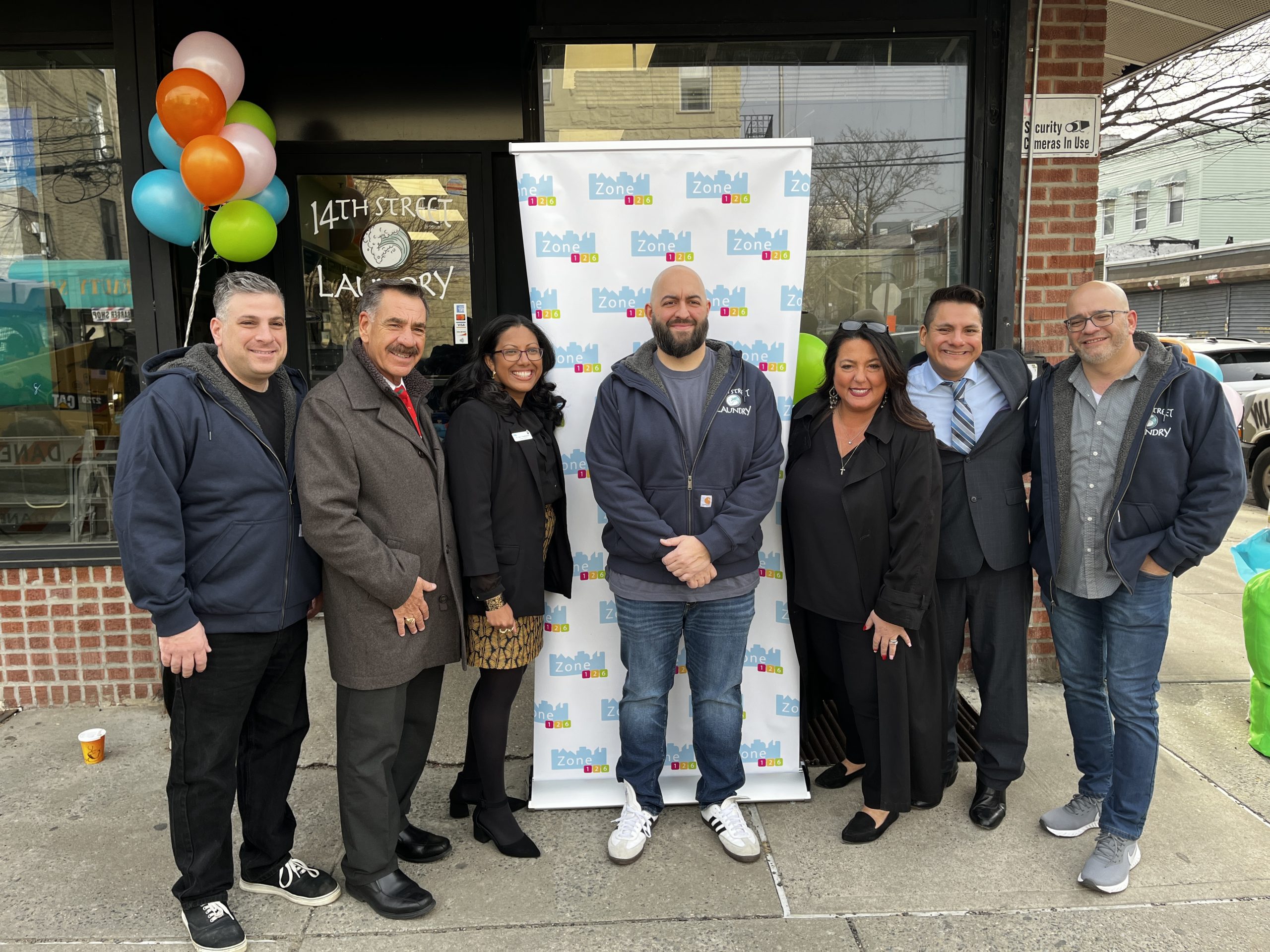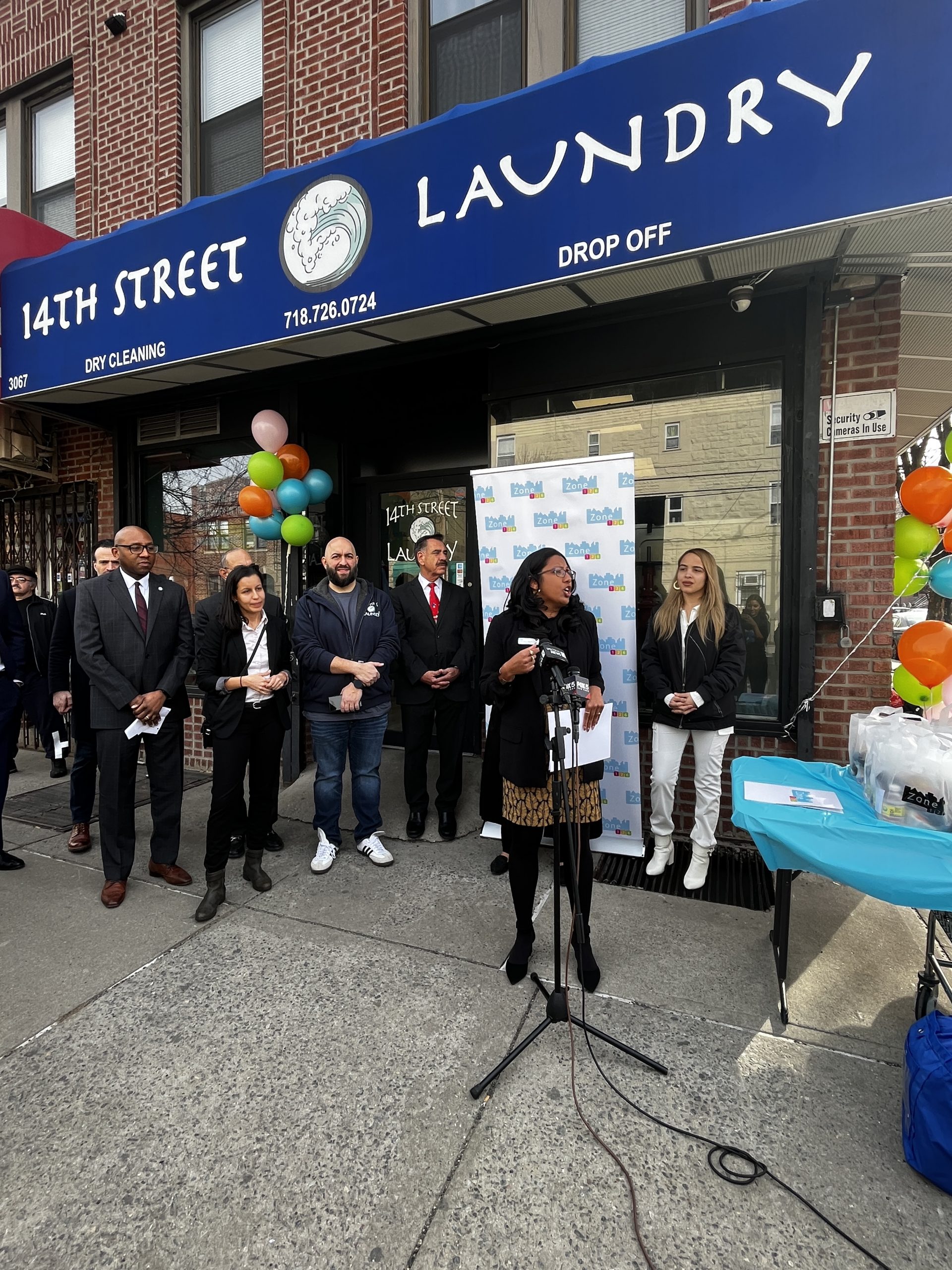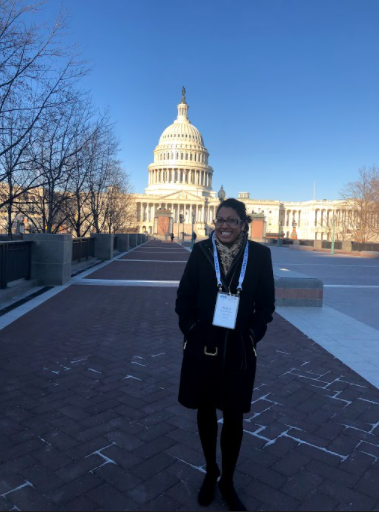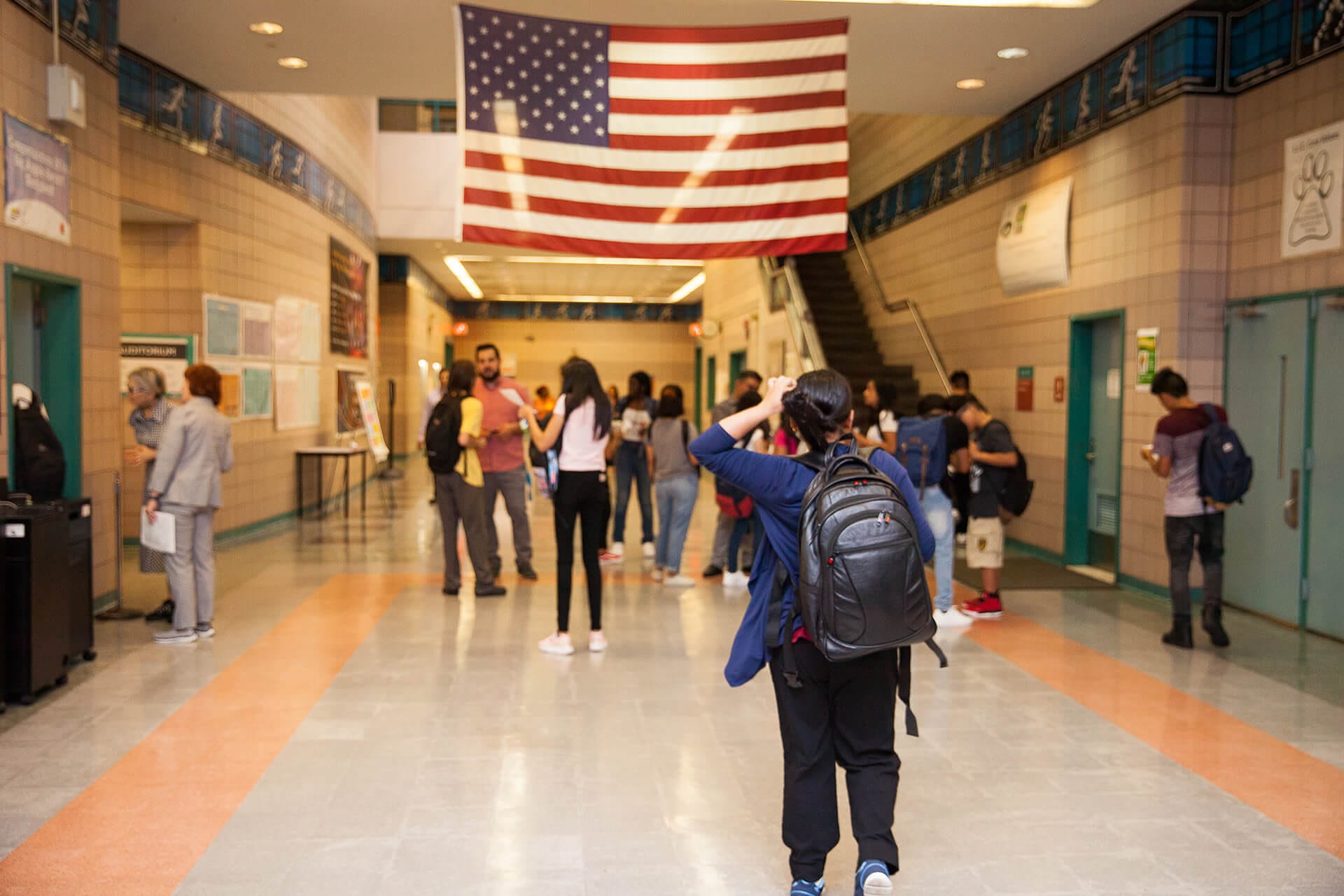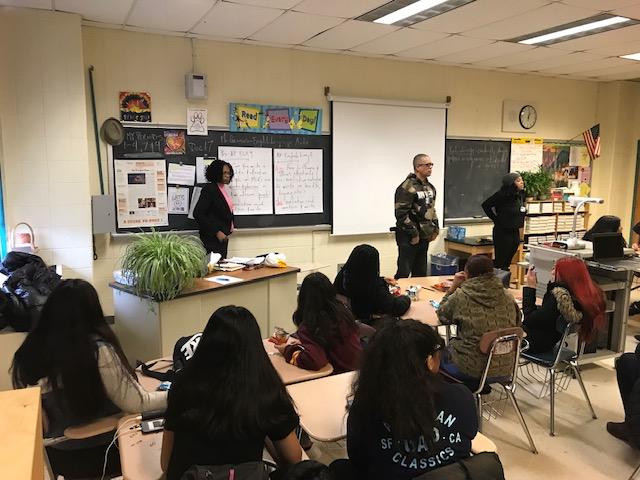In every marginalized community, education continues to be the significant route towards the way out of poverty. It’s time for administrators, teachers and staff developers to build awareness of how their beliefs and assumptions about local families influence their interactions with them and to understand how their school’s demographics inform what might support or hinder their efforts to engage more families in their schools.
Including families and communities in schools is about building authentic ongoing relationships, meaningful interactions and two-way communications between educators, families and community members. In particular, families living in public housing, may have a harder time interacting with their schools because of:
- Parents or other family members did not do well in school or educators told parents what they should do without acknowledging what they might already be doing;
- Cultural barriers that have parents or their representatives believe they should defer to educators;
- Limited professional development and training of educators in family and community engagement;
- Educators’ own cultural beliefs and attitudes.
If educators believe that parents will do little to support a child’s education at home, educators may not reach out to the family and will have lower expectations of the student. Viewing interactions from families’ perspectives help educators work more effectively with them. It’s equally important for educators to consider how they will provide information to families in a multicultural environment. Sensitivity to cultural differences will help prevent roadblocks that keep members of the school community from working together.
To reveal deep unspoken and unconscious influences of cultural beliefs and actions, educators should understand the dynamics of the “Iceberg concept of culture.” Like an iceberg, the largest share of cultural influences are found below the surface:




